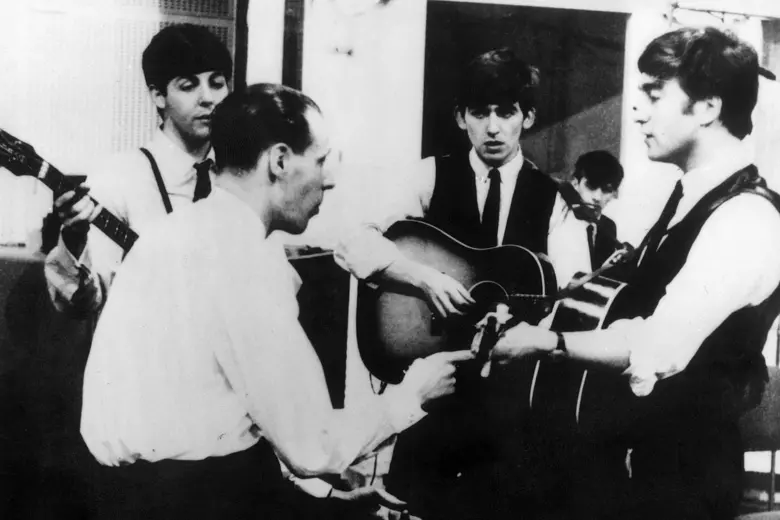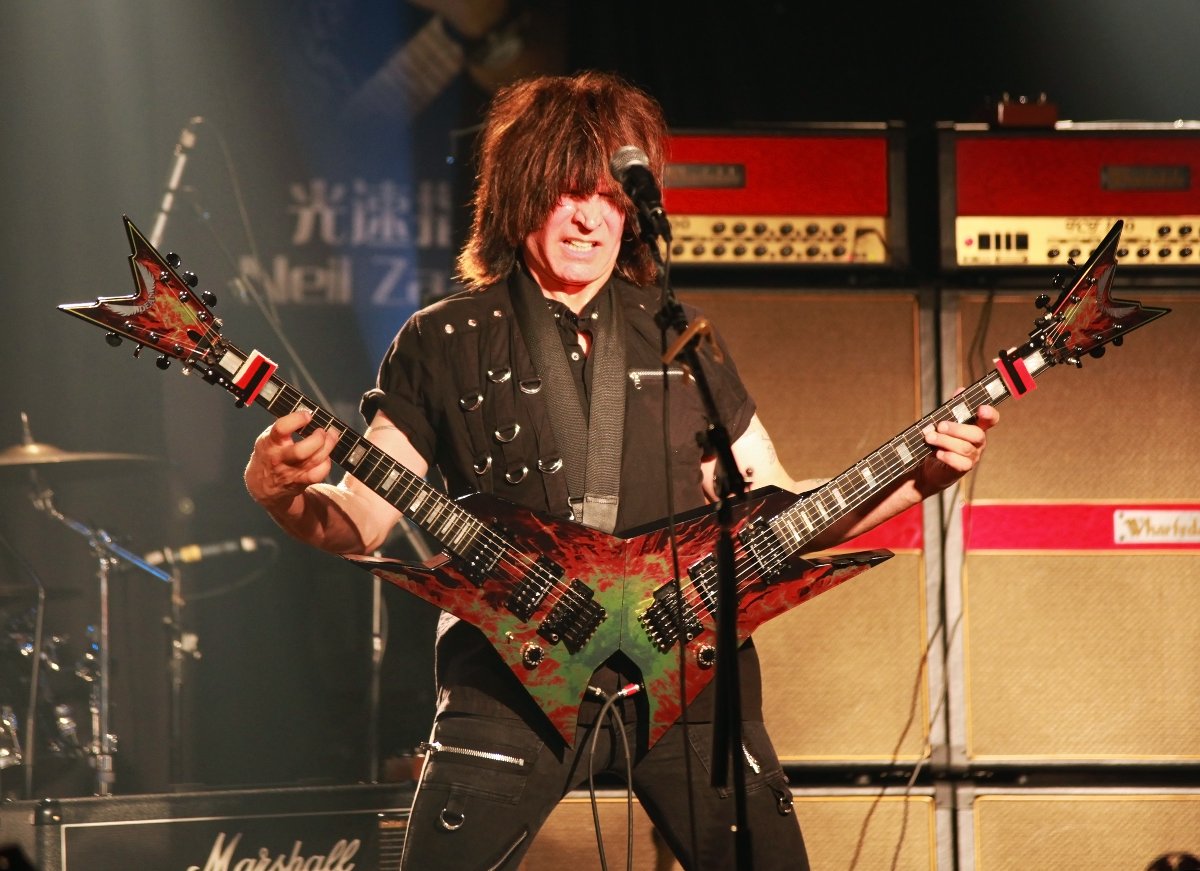
Understanding modes on guitar is a big topic when guitarists start expanding their playing. Can knowledge of modes make you more attractive to the opposite sex? Or increase the speed in your picking hand? Unfortunately not, but for those of us with a desire to expand our knowledge of music and to play more tunefully, they are a more than worthwhile topic of study.
I have often been asked to clarify the notion and usage of modes in music, especially in the contemporary field. In this blog, I’m going to try to shed a bit of light on this topic, and try to summarise it as best I can. There are various approaches, but this blog should give you a foundational view.
The History Of Modes
The history of the modes has a Greek origin but going into that is going to take some time, so if you are interested in that topic, feel free to follow these links to read up about modes and their origins: click here and here.
The modes are variations of notes built off of the major scale, and do in fact have their own keys and their own scale patterns which should be learned as separate scales across the guitar neck, rather than approaching it all from the major scale.
The Modes Table
The following table represents the different modes built from the C Major Scale. Notice how each mode is built from each of the 7 notes of the C Major Scale.
| Modes | Interval structure | Notes | Related tonic chord |
| C Major (Ionian Mode) | P1, M2, M3, P4, P5, M6, M7 | C, D, E, F, G, A, B | C Major / CMaj7 |
| D Dorian | P1, M2, mi3, P4, P5, M6/13th, mi7 | D, E, F, G, A, B, C | D minor / D minor7 |
| E Phrygian | P1, mi2, mi3, P4, P5, mi6, mi7 | E, F, G, A, B, C, D | E minor / E minor 7 |
| F Lydian | P1, M2, M3, Aug4/#4, P5, M6, M7 | F, G, A, B, C, D, E | F Major / F Major 7/ F Major 7b5 |
| G Mixolydian | P1, M2, M3, P4, P5, M6, mi7 | G, A, B, C, D, E, F | G Major / G7 |
| A Aeolian | P1, M2, mi3, P4, P5, mi6, mi7 | A, B, C, D, E, F, G | A minor / Aminor 7 |
| B Locrian | P1, mi2, mi3, P4, dim5/b5, mi6, mi7 | B, C, D, E, F, G, A | B dim / B minor 7b5 |
Each of those modes, though derived from the C Major Scale, represents a key of their own. The following is a breakdown of each of the modes and chord progressions related to them. There are 2 types of chord progressions involved: Static and Dynamic. Static has a heavy emphasis on the tonic chord and tonic note, and Dynamic involves a more varied chord progression that moves away from the tonic chord but still keeps the harmony at home on the tonic chord.
In the examples below, I have attached Youtube links to demo’s and further explanations of each of the modes by Frank Gambale. You can also follow this link to hear the audio of the Dynamic chord progressions and more information on the topic: click here.
C Ionian Mode (Major Mode)
Often seen as the major scale, can be associated with a happy sound.
Static Chord progression: C, F/C (can also add G/C)
Dynamic Chord progression: C, Dm, G
Demo of Ionian mode: click here.
D Dorian Mode (Minor Mode)
Can have a Rock/Blues sound to the mode, common in rock and pop styles. The Beatles’ song Eleanor Rigby shifts between an Aeolian and a Dorian tonality. See if you can listen to the beginning of the phrase “in the church” to hear the Dorian mode: click here.
Static Chord progression: Dm, Dm6 or Dm, Em/D
Dynamic Chord progression: Dm, Em, Dm, G
Demo of Dorian Mode: click here.
E Phrygian Mode (Minor Mode)
Has a dark sound to it, often used in metal and rock, can also be associated with a Spanish flavor
Static Chord Progression: Em, F/E
Dynamic chord Progressions: Em, F, Em, Dm
Demo of Phrygian mode: click here.
F Lydian Mode (Major Mode)
Has a bright major sound to it, the #4 can give it an odd, mysterious quality.
Static Chord Progression: F, G/F
Dynamic Chord Progression: F, G
Demo of Lydian mode: click here.
G Mixolydian Mode (Major Mode/Dominant chord associated Scale)
Many uses, can often be found in rock and pop, often used as a major sounding scale in place of the major scale. Used in blues often to expand solos around the dominant chords.
Static Chord Progression: G, F/G
Dynamic Chord Progression: G, Dm, G, F
Demo of Mixolydian mode: click here. (You can also see how chromatic tones can be added to modes for flavour)
A Aeolian Mode (Minor Mode)
Also known as the natural minor scale, this scale is sad and dark and can be found in many styles of music.
Static Chord Progression: Am, G/A (or F/A)
Dynamic Chord Progression: Am, F, G
Demo of Aeolian mode: click here.
B Locrian Mode (Associated with Minor7b5 chords)
Not a scale/tonality used very often. Its place is mostly found in Jazz/Fusion and some of the heaviest forms of modern metal.
Static Chord Progression: Bm7b5, C/B
Demo of Locrian mode: click here.
All of these modes are often interchanged in jazz playing, to create more contrasted improvisation. It’s a good style to look at if you are interested in expanding your playing through the use of modes. A good book to look at on this topic would be Mick Goodrick’s ‘Advancing Guitarist’.
Well, hopefully, this has provided a basic overview of understanding modes on guitar and their uses in contemporary styles. It’s always a good idea to keep looking at new material to help you expand your view and playing!




Comments (0)